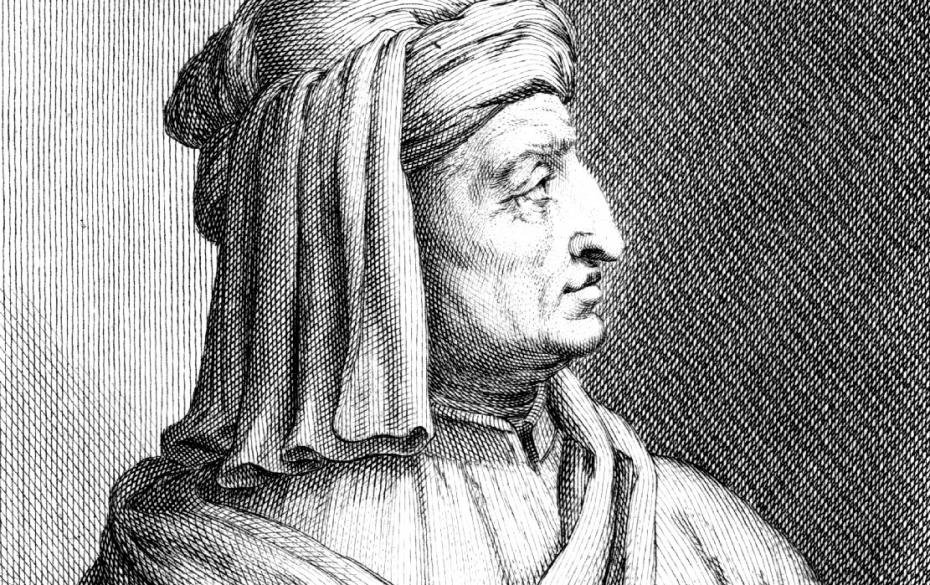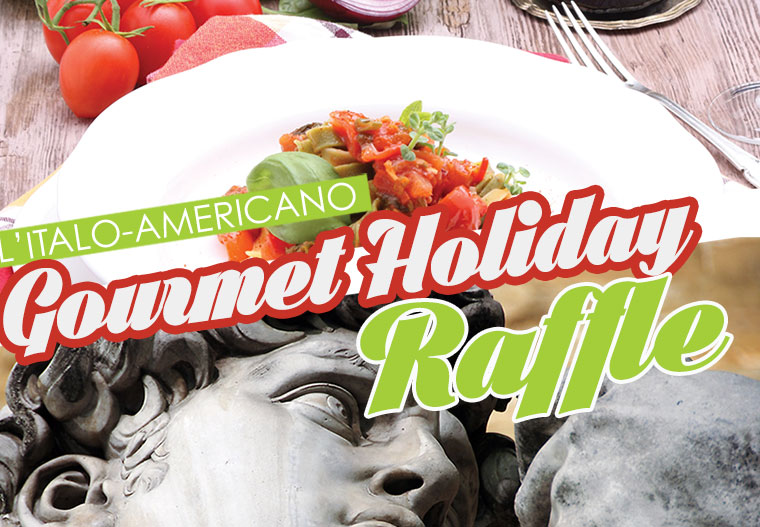As unbelievable as it may seem, one can get used to Beauty. Try to live in a city like Florence for a bunch of years and you may end up taking even Santa Maria del Fiore for granted.
The wondrous, awe-inspiring breath of art still fills your soul, yet, just like one fails to smell a cherished fragrance when worn continuously, the eyes also grow acquainted with their surroundings and we end up no longer paying attention to the beautiful.
Don’t be fooled, though: such an attitude never lasts long. Beauty is going to get her vengeance on our neglectful ways when we least expect it: while running for the bus, when walking on the street and fighting with our S.O. on the phone, when puffing and panting away while carrying the heaviest set of shopping bags of the last six months. Then, we’ll raise our eyes and – let’s pretend, so, to be in Florence again – we’ll find ourselves in Piazza della Signoria and Beauty will make us hers once more: besotted, entangled, in love.
Luca della Robbia’s artwork is often victim of our “getting used to the beautiful” way of thinking. A sculptor who trained as a goldsmith, a master of marble who found its fortune in terracotta, a fundamental figure of Renaissance Florence, little known and often little remembered, even if his work can be seen, quite literally, in every relevant artistic site of the tuscan capital.
It’s time to change that.

Luca della Robbia: his life, work and talent
The first thirty years of della Robbia’s life are surrounded by mystery, to the point not even his birth year is clear (some think he was a child of the 14th century, born in 1399, others believe he was an early son of the 15th, born in 1400). He very likely learnt how to work with hard materials thanks to the teachings of a goldsmith, but then entered the workshop of one of the greatest sculptors of those enchanted times, Lorenzo Ghiberti, his influence – just as that of another famous master of his, Donatello, with whom he also worked for the creation of two altars in Santa Maria Novella – very much visible in his earliest production.
Donatello and Ghiberti were not the only famous names of Italian art walking the streets of Florence along with Luca: this was the time of Masaccio and Brunelleschi, of Lorenzo de Medici, Leonardo da Vinci and, alas, Michelangelo, who all wandered along the Arno during della Robbia’s lifetime.
His name enters the florentine art scene in 1431, when he produces the Cantoria – the choir lodge – for the city’s cathedral, Santa Maria del Fiore. Only a few years later, his work for the Santa Maria del Fiore complex continues with a series of marble reliefs for the Giotto bell tower: these were particularly influenced by the work of other masters of sculpture such as Andrea Pisano and Jacopo della Quercia.
It is, however, in 1441 that he uses for the first time the technique that was to make him famous, the invetriatura. The term can be roughly translated with “glazing” and involves the application of a thin layer of glass veneer upon terracotta coloured pieces. Contrarily to what Giorgio Vasari – the ultimate artists’ biographer and founder of art history as discipline – wrote, della Robbia did not invent the technique, but was without a doubt the artist who fully understood how to exploit it at the benefit of sculpture.
This wouldn’t have been possible if della Robbia didn’t abandon stone to chose terracotta as his favourite sculpting matter: fragile and malleable, terracotta sculptures were faster to produce, but more prone to deterioration than their marble or stone counterparts. For this reason, at least initially, della Robbia opted to add a protective layer to prevent water damage and to reinforce their structure; what he may not have imagined was how the crystal like lustre given to his work by glass veneer added movement and pathos to figures, emphasising expressions, gestures and the soul redeeming candour of their whiteness, also brought out by backgrounds painted in deep shades of blues and greens.
His style reveals an immense capacity to plastically reproduce emotions and can be admired in many famous locations around Florence, to the point that, if you have ever been there, you very likely have seen his work already without, as it often happens when it comes to sculptures and paintings, being aware of who had created it: his are the terracotta decorations in the Cappella de’ Pazzi, in Santa Croce, the two moon-shaped niches of the Resurrection (1445) and the Ascension (1451) in Santa Maria del Fiore, the two breathtaking angels of the “Sagrestia dei Canonici,” always in Santa Maria del Fiore, the Madonna with two Angels relief and many other delicate representations of the Virgin Mary, above all, the “Madonna del Roseto.”
When della Robbia comes closer to home
In case you haven’t been to Florence and visiting is not in your most immediate plans, you can get to know della Robbia thanks to a 5 month-long exhibition, which will be held at the Museum of Fine Arts in Boston from the 9th of August to the 4th of December 2016.






























